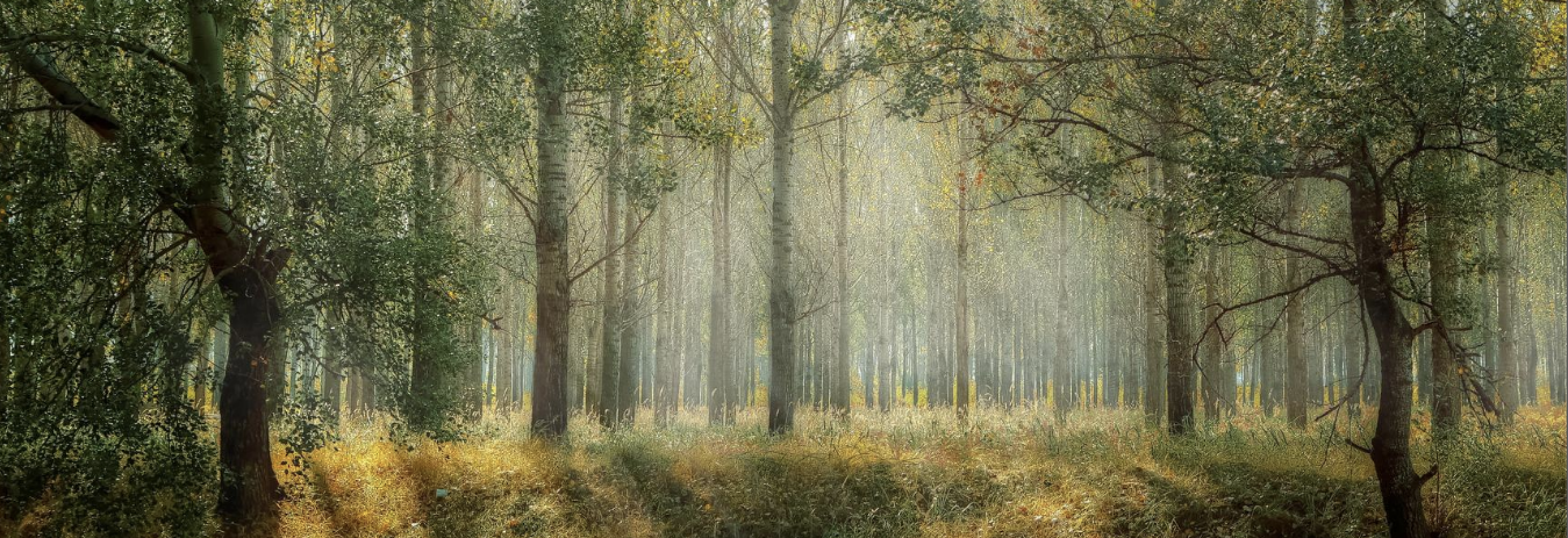C. Lunden
From a Reading on Matthew 13:24-43
I. Introduction
The kingdom of the heavens has in view the responsible side of the teaching of Christianity. Only those who are real carry out its precepts. Those who are not real, make a false concept of what was really intended — and this is why we have all the varied systems of so-called Christianity around us.
In this section, it shows the effects of the sowing of the seed on those where Satan has either taken it out (slipped it away from them by the wayside), or the stony heart has rejected it, or the things of this life (the thorns) have choked it such that there is no fruit. In the three parables from vss. 24-43, there is a dead religious profession that amounts to nothing, and it will be judged when the Son of Man comes in judgment.
II. When did the tares get sown?
It was progressive and occurred in stages (see Revelation 2).
When the Apostles left this world, there were the early fathers who attempted to take their place. Some of them had faulty understandings of Scripture but pushed their teachings on the people. This is what we consider the doctrine and deeds of the Nicolaitans (Rev. 2). “Nico” means lordship, and “laitans” refers to the laity or the people. Subsequently, we also have the doctrine of Balaam (which was introducing the world, and subsequent idolatry, into the Church). With the Roman Catholic system (Jezebel), Nicolaitanism and all these other evils were later enlarged upon. The Church then made itself the divine authority to teach the laity, removing the Spirit altogether from that role.
Stages: At first, the truth was held. Then, the truth was mixed with false (evil)teaching — thus, the truth was corrupted (Nicolaitanism permitted it). Finally, there was the world and idolatry introduced (Balaam introduced it — Jezebel taught it as Church doctrine).
Balaam (Rev. 2), refers to uniting the Church with the world. You will recall from the OT, that Balaam was that Midianite prophet who was employed by Balak, king of Moab, to curse Israel. Jehovah would not allow them to curse His own people, but Balaam found a way to harm Israel by counseling Balak to seduce the Israelites with Midianitish women. If testing God’s faithfulness to His own people, they had no success; however, the people themselves did not prove faithful to God. Alas, man’s history throughout the ages! This, then, led to gross idolatry in Israel. The principles of this history of Balaam are seen in the Church’s history, beginning at the time of Constantine, when Christianity was promoted throughout the Roman empire without much true understanding of what Christianity was in essence. While the true Church slept, the world came in and tares were sown.
It is told that Constantine’s army was marched through a river to baptize them. He thought that because of Jesus Christ, he had won the battle. “Easter”, among others, was also introduced from the pagan feasts. Constantine also further allowed Christians to worship in the heathen temples at the time. Many converted to Christianity (or made a false profession rather) so as not to go against the Emperor’s authority.
“For they did not know” (2 Kings 4:39) — The principle applies here also to the early days of the Church. Here in 2 Kings 4, one of the sons of the prophets put in a wild vine ignorantly to the pot. There were certainly false teachers that taught false doctrine, but many did it ignorantly. Then these things were later insisted on by those in authority. The Church became the teacher (independent of the operation of the Holy Spirit), and not the taught. The Church does not teach in and of itself, rather the Spirit of God leads the Church into all truth.
III. The Difference Between Wheat and the Tares
The difference is hard to discern when looking at these two plants. You might just pull up the wheat with the tares if you tried to pull these up.
The tares grow away from the sun, while the wheat grows towards the sun. The unsaved prefer darkness rather than light. There is no profitable use for the tares, nor worthy fruit.
Whichever plant is ahead, can crowd out the other plant. In Christendom, the tare has gotten ahead.
Both must grow together until the harvest. We are not to have the occupation of plucking up the tares.
“Suffer both to grow together unto the harvest…” (vs. 30).
“Scripture never assumes a man to be safe because he has made a profession. The end alone must prove it, because there may be profession […] where there is no life at all.”
T. B. Baines
The kingdom is a broader sphere, as it includes all who profess Christianity; however, the Scripture always presents the Church (the Body of Christ) as being composed of only true believers. The local expressions of the Church today are more expressions of the kingdom than they are of the Body of Christ. That should not be but sadly is the reality.
IV. Clear Presentations on Church History
From Ephesus to Pergamos
From Thyatira to Laodicea
